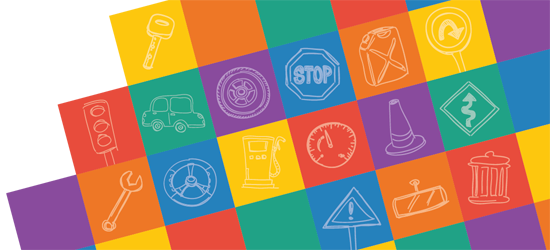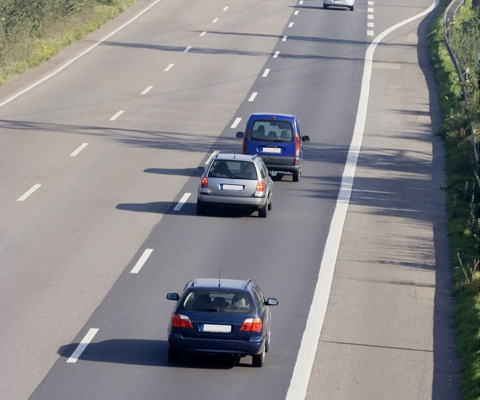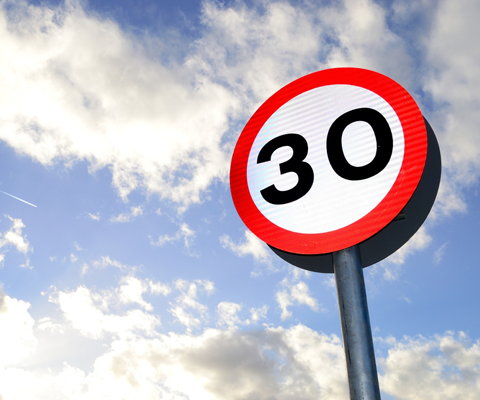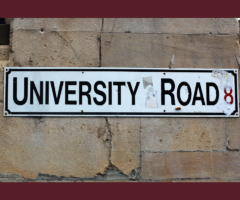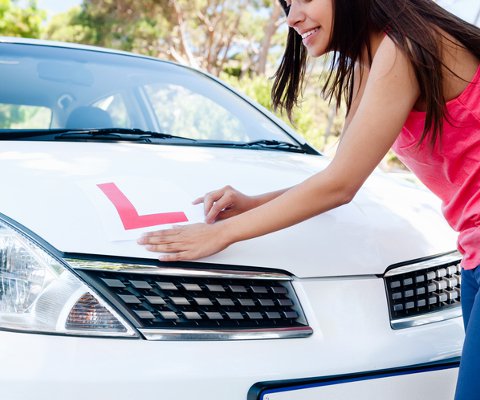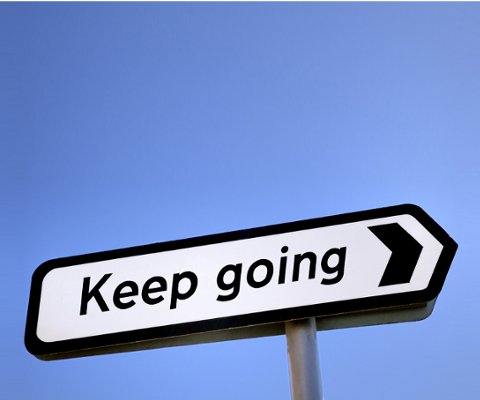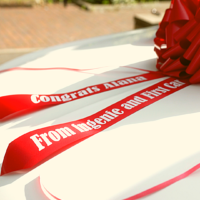
Driving tips and other life stuff
What you need to know about driving in the country
I'm from the country. I was raised there, I learned to drive there and I still live there. And let me tell you: it's a freakin' NIGHTMARE for driving.
It's not just the casually falling trees, suicidal pheasants and apocalyptic flooding out of nowhere; people are about 89% of the problem.
If you're learning to drive in the country or planning your first solo road trip out of the city, here's what you need to know about driving in the countryside.
-
The rules of the road are considered optional
This does happen in big towns too (just look at the way a cab driver negotiates city streets!) but in rural areas, people get real relaxed about driving laws.
Part of the issue is that people tend to drive bigger cars and therefore feel protected from the havoc they cause but it's also due to maintenance not being done as often (road markings disappear, pot holes must be driven around) and many, many national speed limit roads.
Your job as a good driver is to stay in control of how other drivers affect you. If someone's driving towards you in the middle of a narrow road to avoid potholes, slow down. Keep as far away from them as possible or tuck yourself into a passing place until they've stampeded past.
If someone's tailgating you because they want you to go the full 60mph in a national speed limit (despite the numerous sharp bends, torrential rain and standing water), stick to your guns and let them overtake if they really must.
Remember: the Highway Code still applies, wherever you are. Just because other people drive like idiots doesn't mean you have to.
-
Hazards can pop out with no warning
- A little overnight rain can build in flood areas very, very quickly - if you hit it at speed because you turned a corner too fast, you can lose all control.
- There's a reason they say never work with children or animals: they're unpredictable beasts. You never know where there'll be kids playing or ducks strolling out into the road.
- Small roads don't get cleared as quickly as big roads (partly because fewer people will come across the problem) so snow and fallen trees can stay where they fall quite late into the day.
- If you're having a nice drive at 60 miles per hour and a tractor going 20 is sat around the corner, you're going to have to hit the brakes so hard you'll get a nosebleed. Always be confident you can stop in the space you can see is clear.
- Fog is a tricky devil. It can descend on you really, really quickly so knowing how to use your fog lights is really important, and you'll need to drastically cut your speed to deal with it.
-
Speed limits are all over the place
So many rural roads are national speed limit (60mph on a single carriageway) because the council hasn't had to set a lower speed limit - probably because fewer people use the road, therefore there's a lower number of crashes.
BUT rural roads are actually far more dangerous than A-roads. There are more hazards, they're not straight, there's much less lighting and everyone's turning off at random points.
Another big problem with speed limits in the country is that they can change very suddenly. A national can turn into a 30 or even a 20 as you enter a village or turn a corner.
Just because the speed limit IS national doesn't mean you need to be driving at 60mph. All national means is: you need to judge what's appropriate for the conditions. It's also entirely your responsibility to make sure you're driving at a speed that allows you to manage sudden speed limit changes.
Chuck your vision right up the road so you see speed limit changes coming, take your foot off the accelerator to lose some speed, then brake gently on the approach.
-
Nothing on your route is straightforward
- Blind bends overgrown with greenery
- Road signs blown over by the wind
- Single track lanes where you'll have to reverse for a mile if someone comes the other way
- Bridges where the give-way is based on telepathy
- Strange hand signals from other drivers - is it a cult?
- Faded road markings
- Roads that end in a gate saying KEEP OUT with a picture of a large dog/wolf
-
Your satnav may not work here
Satnavs have saved us, right? I wouldn't go anywhere new without mine. But in the country, you can't always rely on a gadget to get you where you need to go. For one thing, in heavily wooded areas, you may lose signal. If you lose signal, your satnav will freak out and tell you the car's in a river or something.
For another, a lot of smaller rural lanes just don't make sense on a satnav. You end up peering at what looks like a shepherd's crook in the middle of 10 miles of green - when you should be concentrating on the tractor gunning towards you.
If you're going somewhere remote, best to ask someone for the directions. They're guaranteed to have a whole list of secrets like:
"Don't take the left towards Nunbavington-upon-Nibble because you'll end up in the quarry pit. Go right, past The Scumbag's Pinny - we'll be in there later if you fancy grabbing a pint - then it's a left onto this little, like, footpath? Watch out for the geese and drive for about 5 hours (although you will have to reverse for 5 hours if someone comes the other way). That's it! Simple."
With rural driving, you'll often encounter big long stretches of clear road. Tempting though it is to speed up, the country has a nasty habit of jumping out at you. Sometimes literally.
5 rural hazards that can come out of nowhere:
Even if you're driving the route you do every day and it's never been anything but trouble-free, don't fall for it. That driveway you've learned to ignore because no one EVER comes out of it? Today's your unlucky day, champ.
In the countryside, you can drive for miles without seeing a road sign. There are fewer streetlights, so you're driving in the dark. Lanes twist and turn, going from 2-lane sense to single lane crazy in seconds.
Wherever you learned to drive, there's no syllabus for driving in the countryside. Every area is different and the road system is based on ancient cart lanes, animal tracks and pagan symbolism. Probably.
Here's a few of the charming confusions you'll find in the country:
Number one lesson here: leave extra time if you're venturing through the countryside to get somewhere. Getting lost is still a thing, even in this day and age.
Always be prepared
I'm exaggerating, of course. But not by much. Driving in the country can be a complete joy but it's also pretty dangerous, confusing and knackering.
If you're not used to it, make sure you've had plenty of sleep, you've got a map to fall back on, and you know who to call if you get lost. Above all: keep your eyes wide open for nasty surprises.

